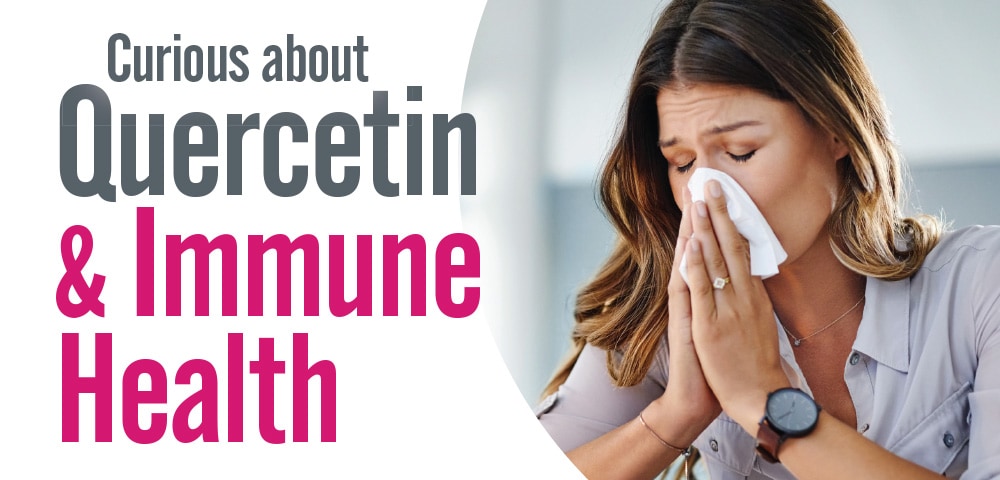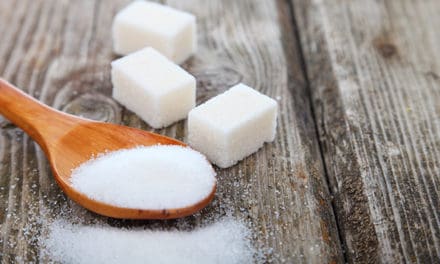
What is Quercetin, and why do we hear so much about it lately?
Quercetin often described, mysteriously, as a “vitamin-like” compound, for people seeking natural relief from allergy symptoms, belongs to a family of phytonutrients called bioflavonoids. This group contains thousands of compounds, many of which are responsible for the famed health benefits of foods such as chocolate and red wine. In terms of overall effects, these compounds act as free-radical-fighting antioxidants, and give our health a helping hand in a myriad of other ways. Quercetin works alongside vitamin C to help improve the absorption and action of the vitamin. But, it has its own actions as well. Over the last year, quercetin has garnered growing attention for its protective effects on immune health. Widely publicized research out of Montreal in March, put the spotlight on its role in fighting viral infections, an area of an intense ongoing investigation.
In addition to immunity, quercetin’s greater contribution to long-term health resilience is its benefits on blood vessels. Consumption of quercetin appears to be a boon to cardiovascular health by protecting the all-important – and delicate – endothelial cells that line arteries and veins.
Like a handful of other potentially beneficial plant compounds, the major challenge in reaping the full benefits of quercetin is absorption. While laboratory studies show good results, clinical trials are hindered by an inability to achieve adequate blood levels of these compounds through ingestion. The standard way to overcome poor bioavailability has been to take large amounts – 1500 mg per day in quercetin. In the spirit of working smarter, not harder, researchers are developing enhanced absorption forms of the nutrient.
Quercetin is found in apples, onions, capers, and many other fruits and vegetables. It works alongside vitamin C to help improve the absorption and action of the vitamin.
One such form – one of the first to market – is EMIQ® (enzymatically modified isoquercetin). No, the term modified here does not refer to GMOs. Instead, it designates that the quercetin molecule has been changed slightly using a natural process that adds a glucose chain (glycoside). During digestion, the glycoside portion is cleaved, liberating the quercetin. The results are significantly increased quercetin levels in the blood compared to standard quercetin. Blood levels are more than 40 times greater with EMIQ compared to an equal amount of quercetin. Other high-absorption forms of quercetin are on the horizon, with potentially superior bioavailability.












